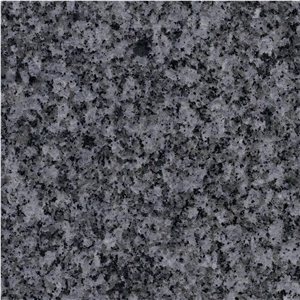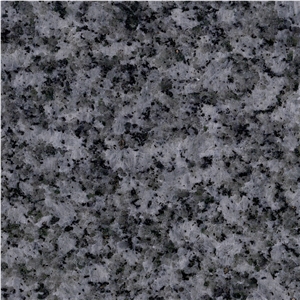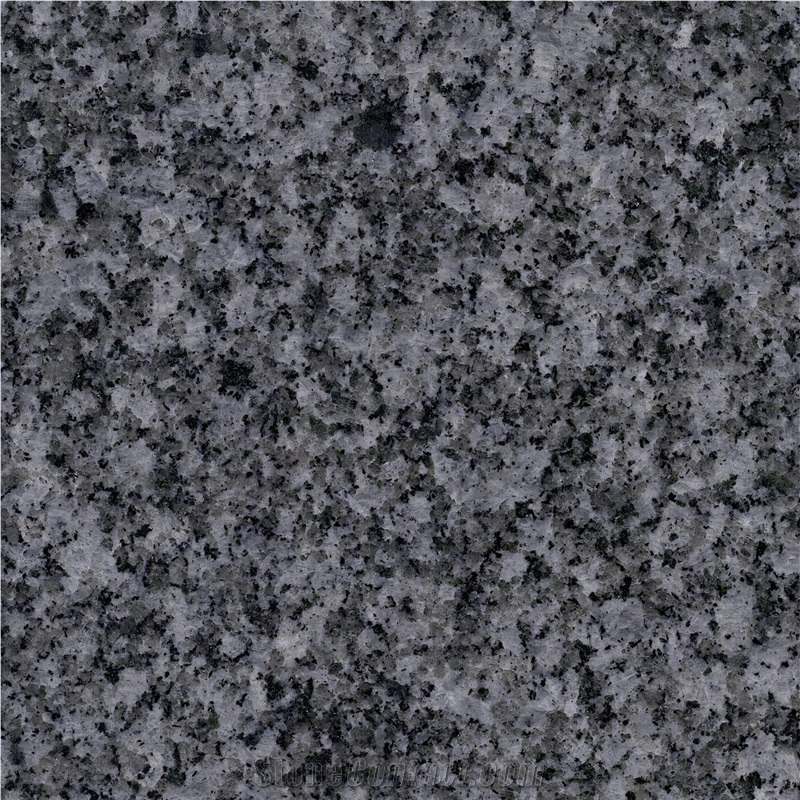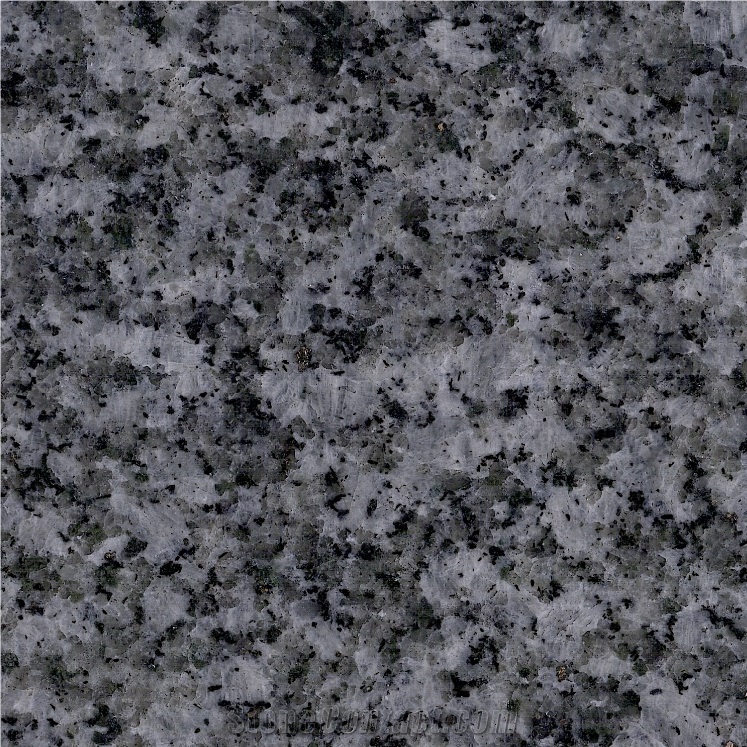Can China's Baltic Azul Granite be used exterior applications in very rainy climates?
Chinas Baltic Azul Granite is known for its beauty and durability, making it suitable for a wide range of applications, including exterior use. However, when considering using any natural stone in very rainy climates, there are a few factors to consider:
1. Water Absorption: The water absorption rate of a stone determines how well it can withstand exposure to constant moisture. Generally, granites have low water absorption rates, and Baltic Azul Granite is no exception. This characteristic makes it suitable for exterior use in rainy climates.
2. Porosity: The porosity of the stone affects its resistance to staining and water penetration. Baltic Azul Granite is known to have a relatively low porosity, which enhances its ability to withstand rainy climates without significant issues.
3. Sealing: Regardless of the stones natural characteristics, it is generally recommended to seal it before installation to provide an additional layer of protection against moisture penetration. This step can further enhance the durability and longevity of the stone.
While Baltic Azul Granite can be used for exterior applications in very rainy climates, it is important to note that proper installation and regular maintenance are crucial. This includes ensuring proper drainage, periodic resealing, and routine cleaning to prevent the growth of algae or moss in damp conditions. Consulting with a professional installer or stone supplier is always recommended to ensure the best performance of the stone in any specific location or climate.
Chinas Baltic Azul Granite is known for its beauty and durability, making it suitable for a wide range of applications, including exterior use. However, when considering using any natural stone in very rainy climates, there are a few factors to consider:
1. Water Absorption: The water absorption rate of a stone determines how well it can withstand exposure to constant moisture. Generally, granites have low water absorption rates, and Baltic Azul Granite is no exception. This characteristic makes it suitable for exterior use in rainy climates.
2. Porosity: The porosity of the stone affects its resistance to staining and water penetration. Baltic Azul Granite is known to have a relatively low porosity, which enhances its ability to withstand rainy climates without significant issues.
3. Sealing: Regardless of the stones natural characteristics, it is generally recommended to seal it before installation to provide an additional layer of protection against moisture penetration. This step can further enhance the durability and longevity of the stone.
While Baltic Azul Granite can be used for exterior applications in very rainy climates, it is important to note that proper installation and regular maintenance are crucial. This includes ensuring proper drainage, periodic resealing, and routine cleaning to prevent the growth of algae or moss in damp conditions. Consulting with a professional installer or stone supplier is always recommended to ensure the best performance of the stone in any specific location or climate.
 China
China










 China
China
 8YRDiamond members are premium members on platform, providing members with comprehensive approach to promoting their products, increasing products exposure and investment return to maximize.
8YRDiamond members are premium members on platform, providing members with comprehensive approach to promoting their products, increasing products exposure and investment return to maximize.
 Verified Supplier is for prove company authenticity,including business license,trade license and effective office space,to enhance buyers' trust to suppliers and their products, reducing communication costs.
Verified Supplier is for prove company authenticity,including business license,trade license and effective office space,to enhance buyers' trust to suppliers and their products, reducing communication costs.









